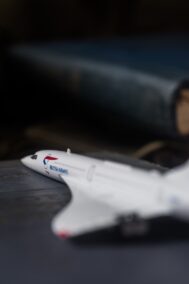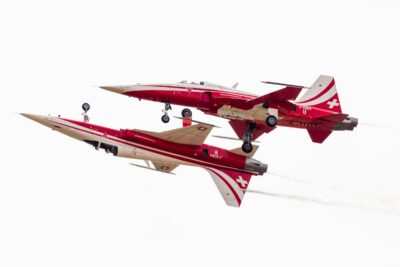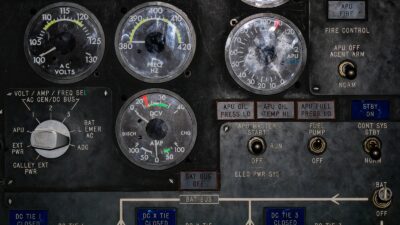Driving Progress Through Cross-Industry Collaboration
Unlocking the Potential of Electric Aviation
Electric aircraft development represents a transformative shift in the aviation industry, offering a sustainable solution to reduce carbon emissions and reliance on fossil fuels. However, realizing the full potential of electric aviation requires collaboration across industries, including aerospace, energy storage, and electric vehicle technology. By leveraging expertise and resources from diverse sectors, stakeholders can overcome technical challenges and accelerate the adoption of electric aircraft.
The aerospace industry plays a central role in spearheading electric aircraft development, leveraging decades of experience in aircraft design, propulsion systems, and safety standards. Aerospace manufacturers are investing in research and development to design electric propulsion systems and airframes that meet the stringent requirements of commercial aviation. Moreover, regulatory agencies are working closely with industry partners to establish certification standards and safety protocols for electric aircraft operations, ensuring airworthiness and compliance with international regulations.
Integration of Advanced Technologies
At the heart of electric aircraft development lies the integration of advanced technologies, ranging from high-performance batteries to innovative propulsion systems. Energy storage technologies, such as lithium-ion batteries and hydrogen fuel cells, are essential for powering electric aircraft and providing sufficient endurance for long-range flights. Concurrently, advancements in electric motor technology and power electronics enable efficient and reliable propulsion, driving the performance and scalability of electric aircraft designs.
Furthermore, the electric vehicle industry contributes valuable insights and technologies to the development of electric aviation. Electric vehicle manufacturers have pioneered advancements in battery technology, charging infrastructure, and energy management systems, which are directly applicable to electric aircraft. By leveraging synergies between electric vehicles and aircraft, stakeholders can accelerate the pace of innovation and commercialization, making electric aviation a viable and sustainable transportation solution.
Leadership and Collaboration for Sustainable Aviation
Effective leadership and collaboration are essential for driving progress in electric aircraft development and realizing the vision of sustainable aviation. Visionary leaders within aerospace companies, energy firms, and technology startups play a pivotal role in fostering a collaborative ecosystem that encourages knowledge sharing and innovation. By establishing strategic partnerships and alliances, stakeholders can pool resources and expertise to address technical challenges and market barriers.
Project management also plays a critical role in coordinating cross-industry initiatives and ensuring alignment with strategic objectives. Project managers facilitate communication, manage timelines and budgets, and mitigate risks to ensure the timely delivery of electric aircraft solutions. Moreover, effective stakeholder engagement and community outreach are essential for garnering support and building public trust in electric aviation, paving the way for widespread adoption and commercialization.
In conclusion, electric aircraft development represents a monumental opportunity to revolutionize the aviation industry and mitigate its environmental impact. By fostering collaboration across industries and harnessing the power of advanced technologies, stakeholders can overcome technical challenges and accelerate the transition to electric aviation. With visionary leadership, strategic partnerships, and a shared commitment to sustainability, electric aircraft have the potential to reshape the future of air travel and create a cleaner, greener planet for future generations.
#ElectricAircraftDevelopment #SustainableAviation #CrossIndustryCollaboration #AdvancedTechnologies #LeadershipSkills #InnovationInAviation























